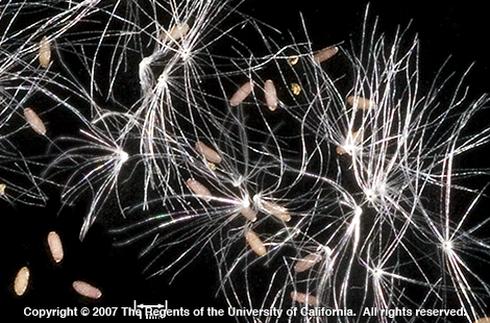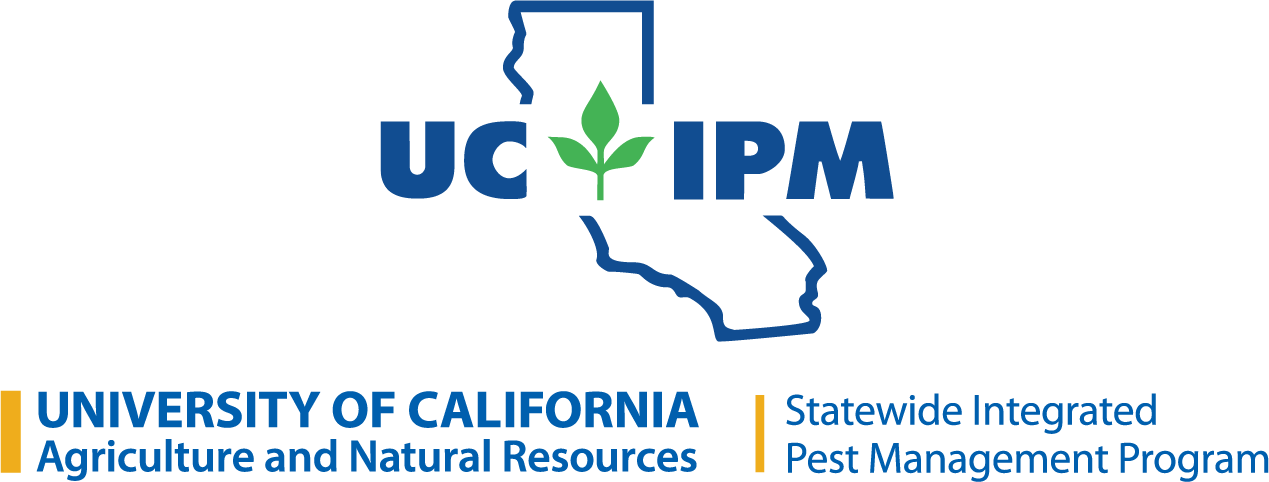Purple cudweed is a low-growing summer/winter annual and/or biennial broadleaf plant. It is a native species but usually requires disturbance to establish. It is sometimes weedy in agriculture fields, pastures, orchards, and other non-natural habitats. In California it is found in the North Coast, western North Coast Ranges, central Sierra Nevada foothills, San Joaquin Valley, central-western region, and Channel Islands, to 3900 feet (1200 m) in elevation. Under certain conditions purple cudweed can accumulate nitrate levels that are lethal to cattle when ingested.
Seedling
Cotyledons (seed leaves) are oval to oblong, grayish green, and usually hairy. The first true leaves are covered with weblike silky hairs. Although leaves appear to be opposite to one another along the stem, they really alternate. The first few leaves are egg to lance shaped with a tip that is either rounded or ends abruptly in a nipplelike point.
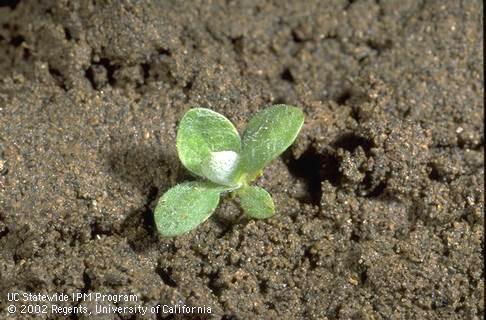
Mature Plant
Stems are erect and elongate from the rosette but do not usually branch. Stems and leaves are densely covered with white woolly hairs. Leaves are stalkless, alternate with one another along the stem, and are egg to spoon shaped with rounded to broadly pointed tips. Lower leaves are over 1/2 to almost 5 inches (1.5–12.5 cm) long and sometimes purplish.
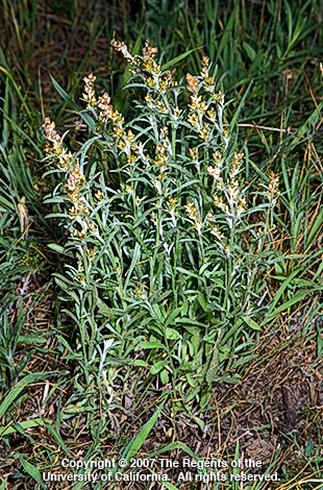
Flowers
Flowers bloom from April through October. Individual flowers are tan to white surrounded by light brown, pink, or purple bracts (reduced leaves) and cluster along the stem and in leaf axils (where the leaf stalk joins the stem) to form crowded, spikelike flower heads.
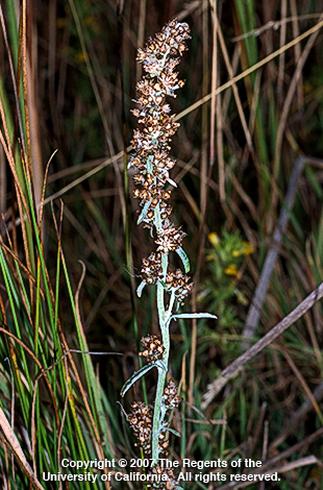
Fruits
Fruits are tiny and bear fine, white bristles that shed as a unit at maturity.
Reproduction
Reproduces by seed.
